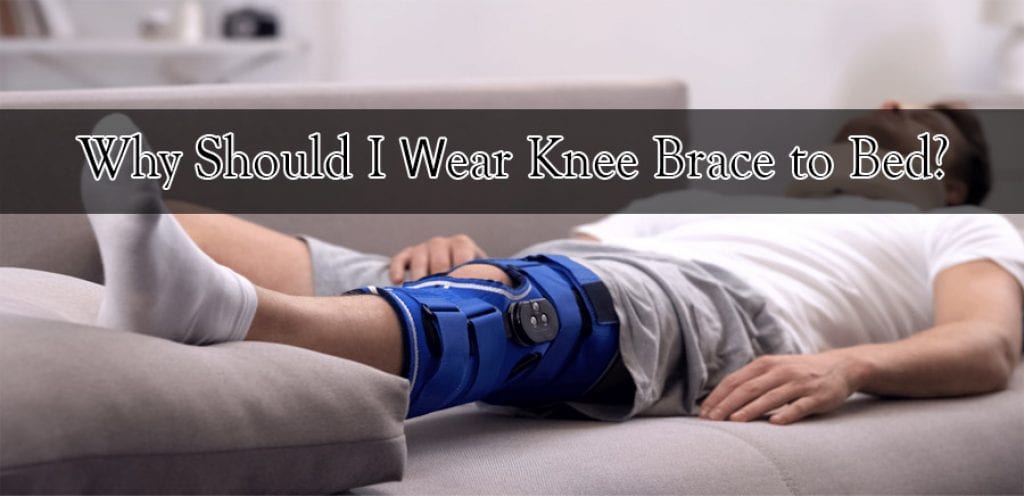

This splint may be made of plaster and helps keep your leg straight.įollow your caregiver's instructions on how to care for your surgery area.

Your caregiver will tell you when you can start using crutches or a cane. It may take six months or longer for you to return to such activities as sports. Later you may be able to extend your leg more and use your leg to walk (full weight-bearing). You may be able to put some weight on your leg (partial weight-bearing). Over time, you may be able to do straight leg raises and a small amount of leg extension. You may not be able to use your leg to walk (no weight-bearing). Caregivers may teach you special exercises to strengthen your upper leg muscles.Knee movement may help prevent stiffness and swelling of the knee joint. Some knee stiffness is normal after surgery. This is very important because it may help prevent displacing your kneecap or other problems after surgery. Follow your caregiver's instructions about knee movement after surgery.

This way you will remember to ask these questions during your next visit. Caregivers may remove the painful hardware if enough time has passed since your surgery. Tell your caregiver if you feel like the hardware in your knee is poking you or is painful. Ask your caregiver when you should return to have your knee checked and the stitches removed.Prevent falls by calling someone when you get out of bed or if you need help. Pain medicine can make you dizzy or sleepy.Tell caregivers if your pain does not decrease. Do not wait until the pain is severe before you take your medicine.Be sure you know how, when, and how often to take it. Ask what medicine and how much you should take. Pain medicine: You may need medicine to take away or decrease pain.Tell him about any medicine allergies, and if you want to quit taking or change your medicine. Take your medicine as directed: Call your primary healthcare provider if you think your medicine is not working as expected.Use vitamins, herbs, or food supplements only as directed. Carry your medicine list with you in case of an emergency. Take the list or the pill bottles to follow-up visits. Keep a current list of your medicines: Include the amounts, and when, how, and why you take them.Patellar fracture repair may decrease your knee pain and increase movement and strength. Your caregiver will repair your kneecap by putting the fractured pieces of it back into their correct places. You may need an arthroscopic or open reduction and fixation, a partial patellectomy, or a total patellectomy. The type of patellar repair surgery you need depends on the kind of patellar fracture you have.You may not have any signs or symptoms with a periprosthetic patellar fracture. Signs and symptoms of a patellar fracture may include pain and swelling. This is when your kneecap breaks after you have had surgery to replace your knee. You may also have a periprosthetic patellar fracture. A car accident, sports injury, or a hard fall on your knee may cause a patellar fracture. When a kneecap is displaced, pieces of bone have moved out of place. The patella (kneecap) is a thick, triangular bone that protects the front of the knee joint. Patellar fracture repair is surgery that is done to repair a fractured (broken) and displaced patella.


 0 kommentar(er)
0 kommentar(er)
